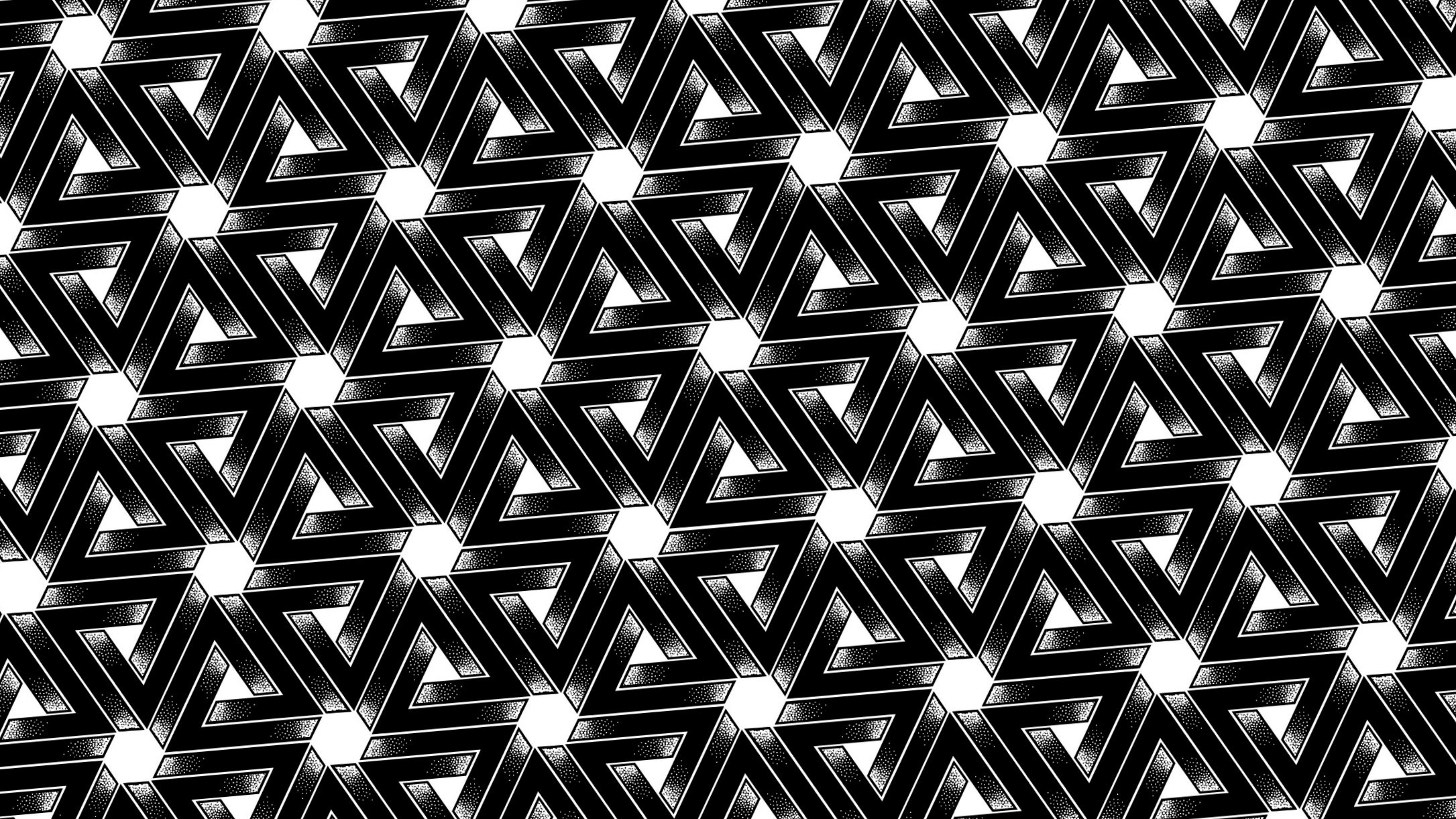
Maia Single Ended Triode Line Preamplifier $2495


The remote controlled Maia linestage takes the familiar grounded cathode to cathode follower preamp topology that we use in the Polybius and rearranges things slightly to be best optimized for some of the oldest triodes available as well as lightening the stoutness of the output stage for typical line level duties.
While there are older triodes like the 01A that can be used for audio, the #27 is the first indirectly heated triode and was the foundation for the venerable 6SN7 that came several generations later. The #27 and the #56 which followed are extremely abundant and relatively inexpensive, and offer a delicate and detailed sonic presentation. On the downside, a design with these valves must be mindful of noise and the relatively poor heater to cathode insulation. The #27 is also a terrible choice for interstage coupling and choke loading, so careful attention must be paid to using sufficient voltage for resistive loading, or current source loading can be used to circumvent this issue.
Our Maia applies all of the source component signal to the grid of the #27, maximizing the signal to noise ratio and providing a consistent amount of harmonic distortion regardless of volume control setting, which is rare amongst tube linestages. We are able to arrange the circuit in this manner because the #27 requires a substantial amount of bias voltage for most operating points and significant voltage is dropped across the current source load on the #27. Following the #27 is a motorized volume pot, and this drives a 6SN7 that is used as a cathode follower buffer.
Bandwidth: -3dB at 7Hz and 83kHz with the outputs unloaded
-3dB at 12Hz and 83kHz with 10K load
Output Impedance: 800 Ohms
Approximate signal to noise ratio is 72dB with vintage globe mesh tubes and about 84dB with ST shaped tubes of newer production.
Gain is 16.5dB.

